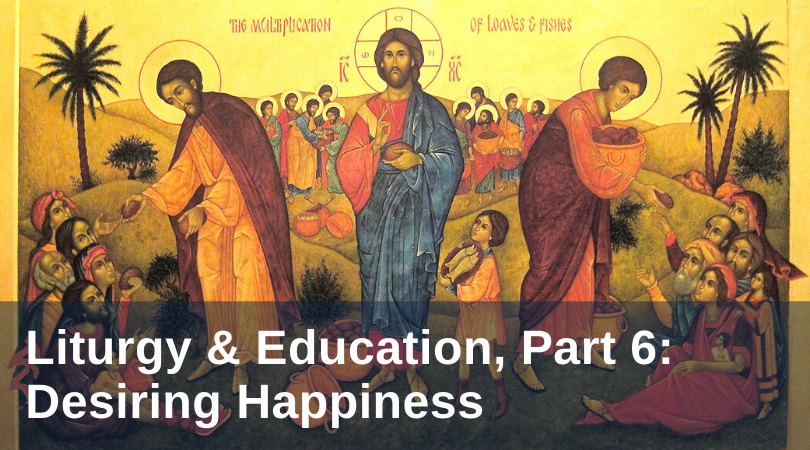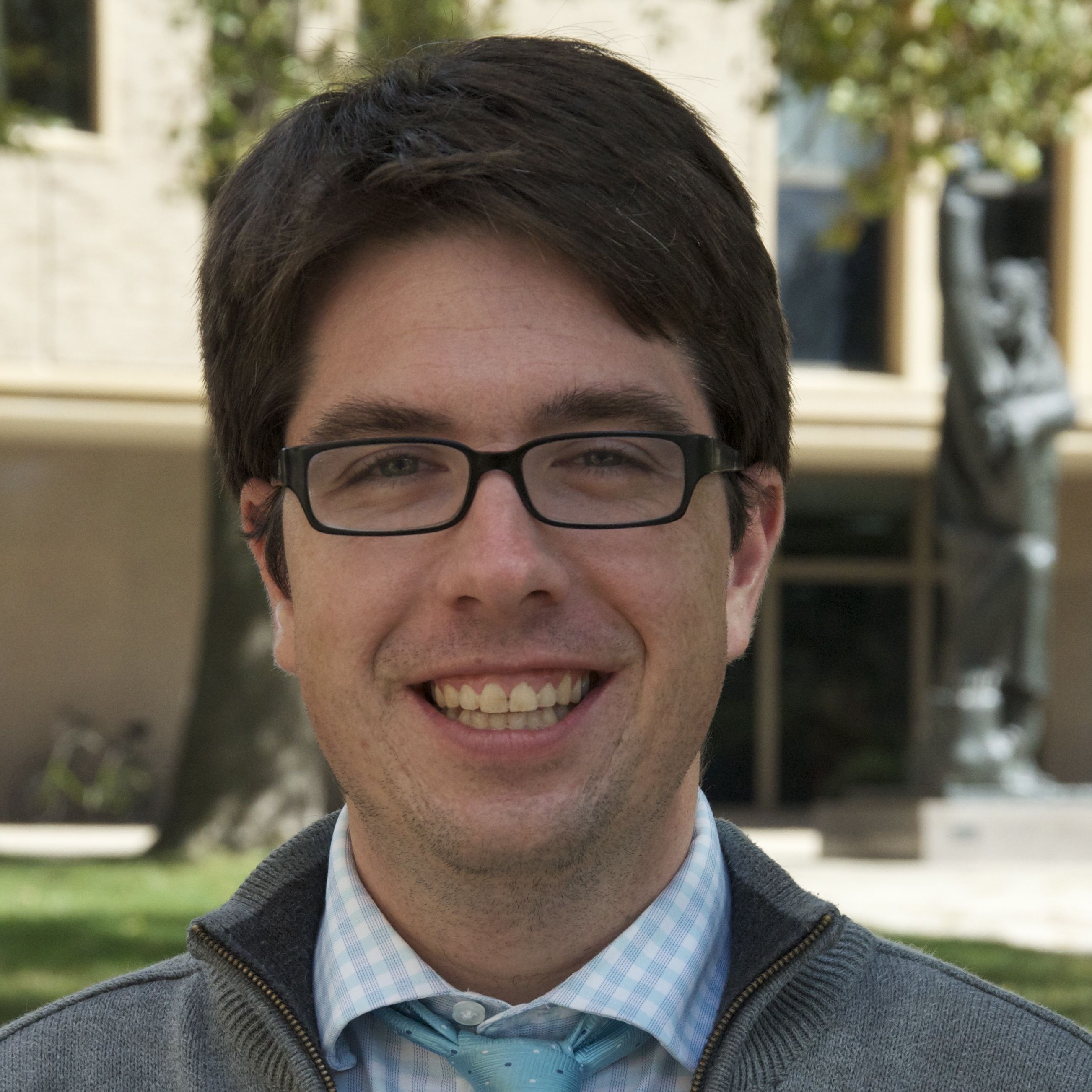
In the last contribution to this series, I addressed the need for a liturgical interruption relative to Catholic school curricula. These curricula often presume that human beings are made for work and thus contribution to industry. This assumption is at the heart of STEM curricula. A ST(R)E(A)M curriculum simply adds religion and arts to the mix, without awareness that this addition might upset the whole basis of the curriculum to begin with.
Catholics operate out of another approach to the human person, and thus require an alternative curriculum, a liturgical curriculum. For a Catholic, the human being is made to pursue happiness through learning the art of contemplation. A formation for contemplation begins by cultivating the desire for happiness, and liturgical prayer is integral to this formation.
We must understand happiness in the most robust sense. As the philosopher Josef Pieper describes it, happiness is the goal that the human being strives for. And yet, there is no natural good that the human being may pursue that may quench this desire.
If you believe money leads to happiness, you will be disappointed to discover the ease by which money may disappear. If you seek happiness in love, you will be sad to learn that lovers leave either through death or infidelity. The only thing that can slake the human desire for happiness is God.
And yet, how would a human being go about pursuing God as the end of happiness?
For Pieper, the pursuit of God unfolds through the human act of contemplation. Contemplation, according to Pieper, “is a loving attainment of awareness. It is intuition of the beloved object” (Happiness and Contemplation, 72). Contemplation is an act of seeing, of perceiving the created world as a gift ordered toward God.
The frenetic quality of modern life makes it difficult to perceive the world as gift. We pass by one another on city streets, gazing exclusively at our smart phones. We rush through textbooks that are designed to communicate information to a recipient rather than cultivate wonder. The day is jam-packed with things to do, and there is little time to sit and ponder.
If we are to form students to desire happiness through contemplation—a happiness that is ultimately ordered to God alone—the first step is to cultivate the desire to see, to sit, to ponder, and to love. For a Catholic school to do this requires a medicine against the frenetic quality of modern life. The liturgy may help.
After all, liturgical participation necessitates an act of contemplation. Bread looks like bread, and yet it is Christ’s Body. A Psalm seems like nothing more than a text upon a page, but in fact, it is the voice of Christ and the Church in union crying out to God.
There is more to see, to hear, to taste, to touch, and to smell in the liturgy than what is immediately available to the senses. This “more” includes the desire for union with God. As Jacques Maritain writes, “Contemplation is a silent prayer which takes place in recollection in the secret of the heart, and is directly ordered to union with God” (“Liturgy and Contemplation” in Prayer and Intelligence & Selected Essays, 49).
The silent desire of the Church’s liturgy, the contemplative gaze of love, must permeate every classroom.
How are texts read in an English classroom? Does the shop teacher invite the students to behold the human act of creation? Is math reduced to a technique for problem solving or part of contemplating the wisdom of the cosmos? Is wonder intrinsic to the science curriculum, or do students receive a stultifying education into mere technique? Are religion classes ordered to prayerful contemplation of divine Revelation, or are they themselves participants in the frenetic pace of contemporary education?
Cultivating the desire for true happiness within the classroom is the first step of reordering a Catholic school curriculum through the liturgy. The next step is understanding the encounter with subject matter as a cultivation of memory. But that will be for next week’s column.
Like what you read? Submit your email below to have our newest blogs delivered directly to your inbox each week.
Featured image: New Skete, Multiplication of the Loaves and Fishes by Sr. Patricia Reid, RSCJ; courtesy of Jim Forest via flickr; CC-BY-NC-ND-2.0.


